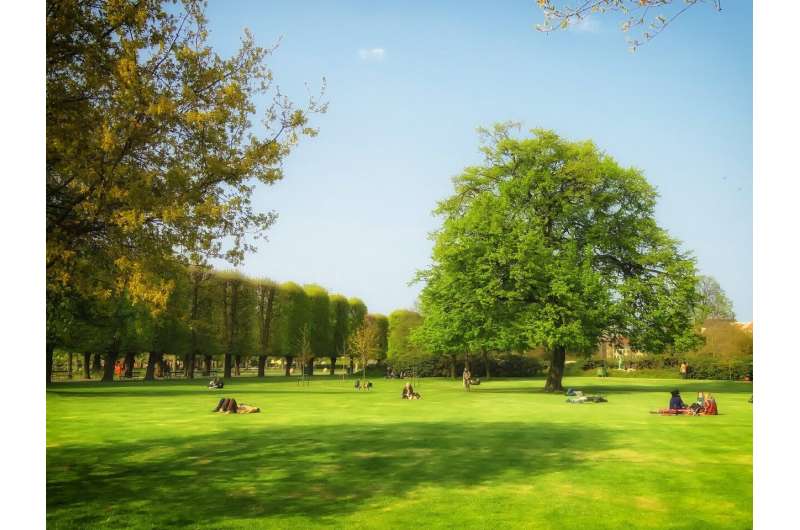New Research Highlights the Impact of Green Spaces on Reducing Police Violence

A recent comprehensive study has revealed a noteworthy connection between the presence of green spaces and lower incidences of police violence across the United States. The research analyzed data from 3,100 counties over five years (2016–2021), focusing on fatal police shootings and their correlation with the amount and quality of green areas in communities. Remarkably, areas with more extensive green spaces, especially those facing significant social and economic disadvantages, showed a reduced rate of lethal police encounters.
Led by Professor William Sullivan of the University of Illinois Urbana-Champaign, the study is pioneering in establishing a significant link between neighborhood greenness and police-related fatalities. The findings indicate that the benefits of green spaces go beyond mental health and environmental aesthetics—they might also play a role in promoting safer communities.
The researchers suggest multiple mechanisms for this relationship. Green environments can lower crime rates, enhance mental well-being, and foster social cohesion, which collectively contribute to reduced violence. Additionally, more vegetated neighborhoods tend to improve police officers' mental states, potentially leading to less reactive and more de-escalative responses during stressful interactions.
The study emphasizes that the character and quality of green spaces matter. Well-maintained, visible, and accessible vegetation helps avoid creating hideouts for illicit activities and thus enhances safety.
While the findings highlight the importance of integrating green spaces into urban planning as a violence reduction strategy, the authors caution that green interventions alone cannot solve systemic issues. Addressing underlying social inequalities, reforming criminal justice policies, and implementing community policing practices remain crucial.
Funding the development of parks, community gardens, and urban forestry can be a cost-effective component of a broader violence prevention framework. As Sullivan notes, "Adding green cover may be one of the least expensive interventions available to a community seeking to reduce violence."
Source: medicalxpress.com
Stay Updated with Mia's Feed
Get the latest health & wellness insights delivered straight to your inbox.
Related Articles
Breast Cancer Survivor Defies Chemotherapy with Powerlifting and Strength Training
A breast cancer survivor and elite powerlifter defies traditional exercise restrictions by safely incorporating high-intensity strength training during active treatment, demonstrating the potential for personalized exercise to enhance recovery and strength in cancer care.
Sleep Deprivation in Adolescents Impairs Brain Connectivity and Behavioral Health
Research reveals that insufficient sleep in teenagers can impair brain connectivity and lead to behavioral and mental health issues. Improving adolescent sleep habits may help prevent future problems.
New Study Shows DNA Testing Outperforms Traditional Methods in Detecting Lung Pathogens
A recent study highlights how metagenomic next-generation sequencing (mNGS) outperforms traditional diagnostic methods in detecting lung pathogens, leading to faster and more accurate clinical decisions.
New Study Reveals How Brain Cells Respond Differently to Social and Stressful Stimuli
Recent research uncovers how different brain cells, including oxytocin neurons and astrocytes, respond uniquely to social interactions and stress, highlighting potential pathways for enhancing social resilience and stress management.



